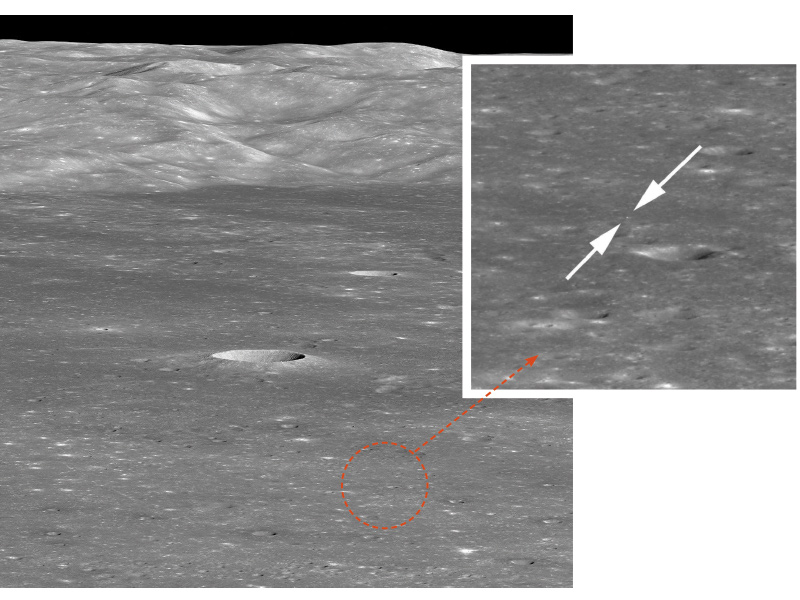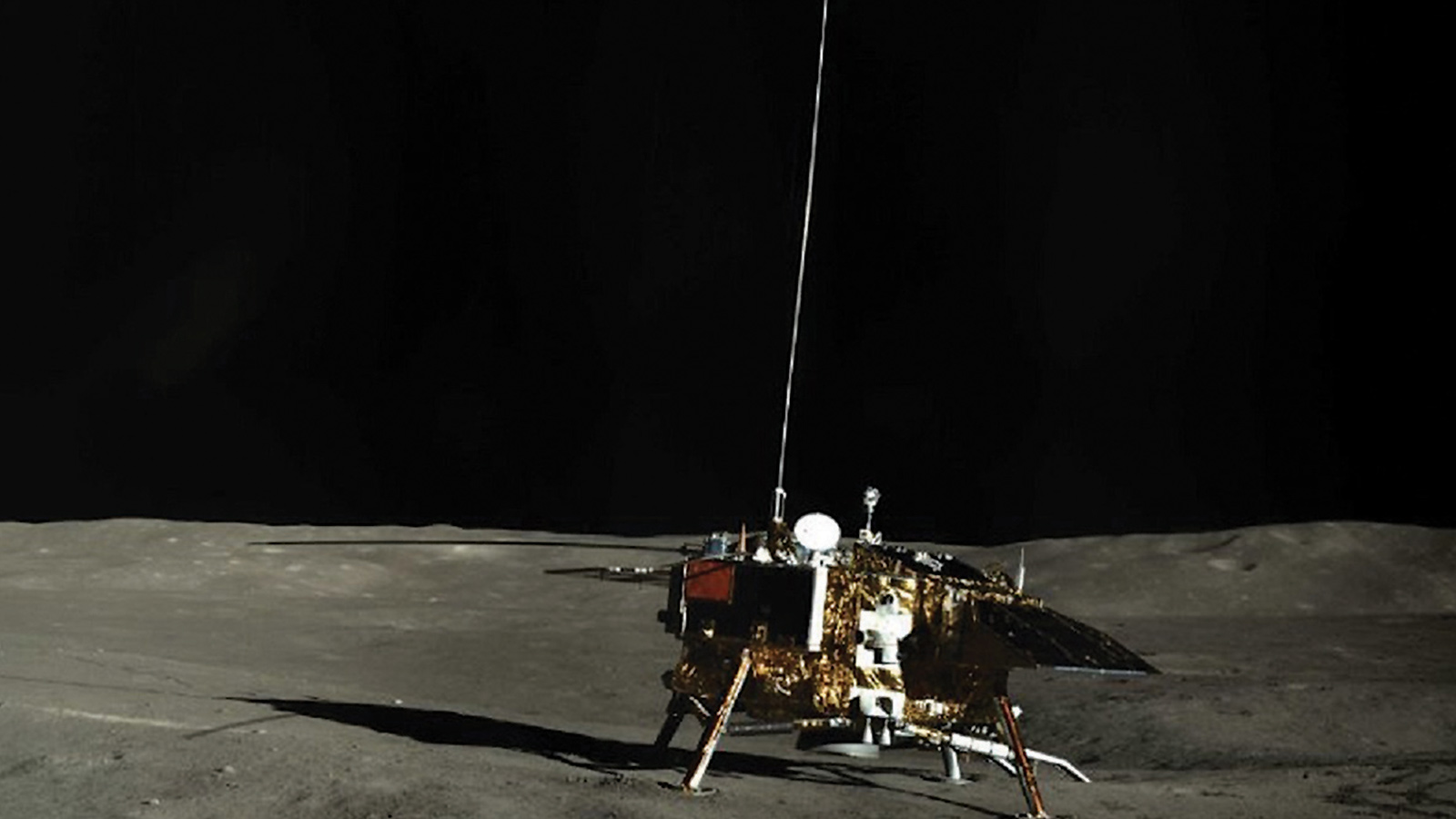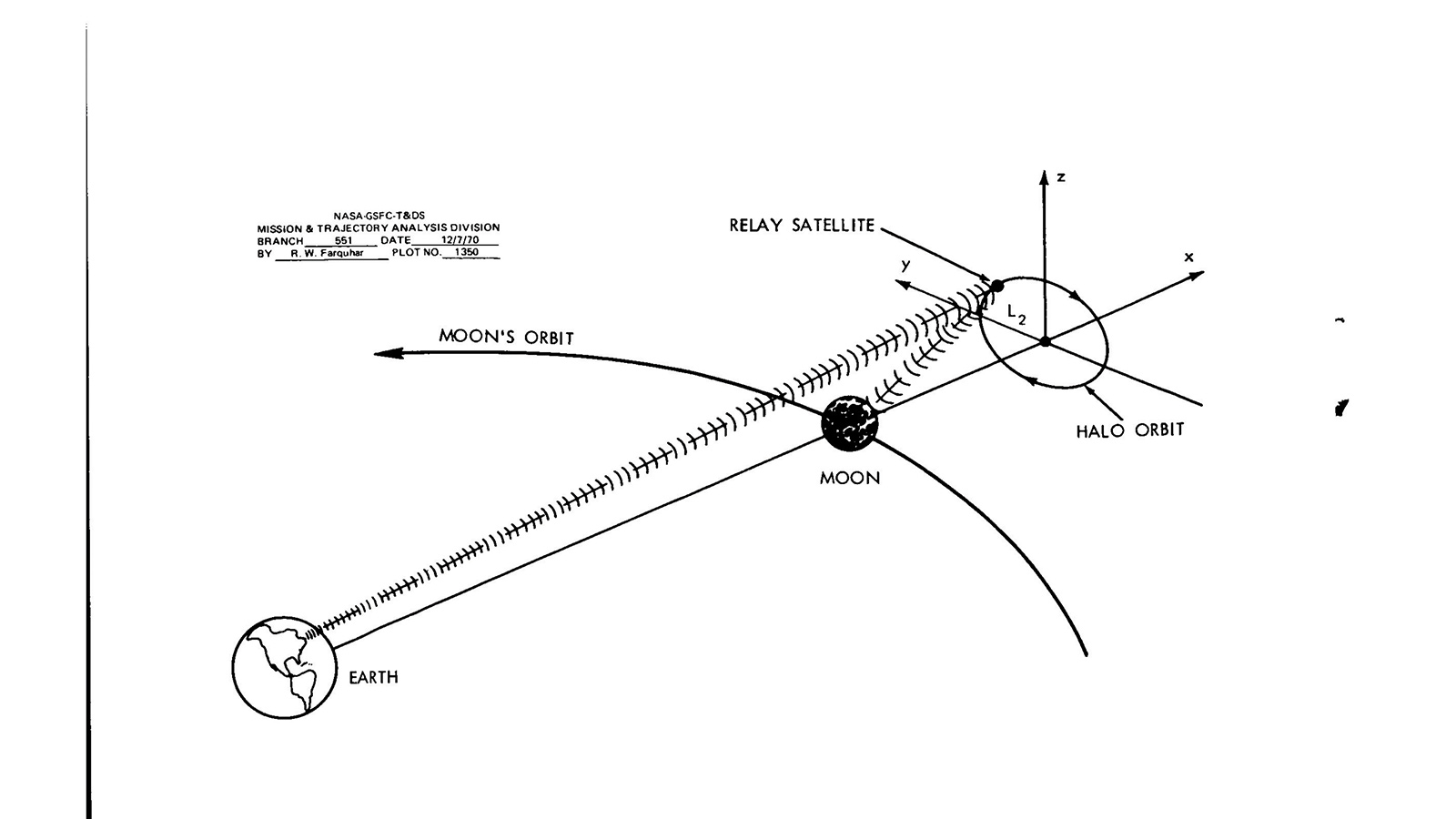Lunar far side comes into focus
By Adam Hadhazy|April 2019
How China’s January landing on the far side of the moon is helping open this neglected other half to science and human utilization.
Cue “Star Trek’s” Captain Picard pronouncing “to boldly go where no one has gone before.” On Jan. 2, 2019, China did just that, landing a probe on the far side of the moon for the first time in human history. The three-month mission, named Chang’e-4, after a lunar goddess, augurs future opportunities for exploration and utilization, potentially impacting international policy regarding the so-called eighth continent.
“It’s a remarkable feat,” says James Head, a planetary scientist at Brown University in Providence, Rhode Island. “[Chang’e-4] demonstrates a lot of capability. It opens up a new scientific frontier.”
It is not just the far side that’s been making lunar headlines as of late. Following decades of relative quiet after the space race’s heyday, Earth’s nearest celestial neighbor is again quite the rage. Nothing had landed there since 1976 until Chang’e-4’s predecessor, Chang’e-3, set down in 2013 on the visible side of the moon. This month, an Israeli company, SpaceIL, will attempt to land a spacecraft named Beresheet on luna firma, which would make its parent nation just the fourth to have pulled off the feat. [Update: SpaceIL announced on Twitter April 11 that Beresheet had crashed while attempting to land.] Not to be outdone, NASA has ramped up its lunar activity, selecting nine companies in November to compete for $2.6 billion in contracts to land payloads on the moon (although the agency has not indicated if the far side is being explicitly considered). A few months after announcing these Commercial Lunar Payload Services invitees, NASA in February said it will co-develop reusable cargo ships, landers and ascent vehicles with the private sector for landing astronauts back on the moon come 2028.
Amid all this moon activity, the first far-side mission stands as a milestone. The moon, as many of us have gathered, always presents the same face to Earth. Researchers have long wanted to conduct science on the opposite side, known colloquially outside of scientific circles as the dark side (due in no small part to Pink Floyd) even though each hemisphere receives the same amount of sunlight. The reason for this desire: The moon is a tale of two hemispheres. The far side is starkly different, orbiting spacecraft have revealed. The far side exhibits very few maria — the plains of solidified lava flows that evoke famous near-side pareidolic features like the “Man in the Moon.” The far side’s crust is also thicker and more heavily cratered, for reasons not fully understood. “The far side is ‘Luna Incognita,’ ” says Head.
Far side conquest at last
Although the technological capability has long existed to enter the moon’s unknown lands, American, European and other planners have prioritized visits to more exotic and far-flung planetary locales. For instance, researchers submitted a far-side mission proposal, called MoonRise, in 2009 and 2017 to the third and fourth iterations of NASA’s New Frontiers program, respectively. NASA funded further MoonRise development in 2010, but the OSIRIS-REx asteroid sample return mission proved that round’s winner. For the fourth New Frontiers, MoonRise did not advance to the final round, with the winner to be announced in July 2019.
One key reason space agencies have historically balked at lunar far-side missions is the implicit encumbrance to operations there. “You have to create a ‘bent pipe’ for data to get back to the Earth, because there is no way to transmit it through the moon,” says John Horack, the Neil Armstrong Chair in Aerospace Policy at Ohio State University.
The China National Space Agency took this necessary first step last May by inserting a relay communications satellite in a so-called halo orbit beyond the moon, an idea first broached in 1970 by Robert Farquhar, then a mission designer at NASA’s Goddard Space Flight Center in Maryland. Farquhar, who died in 2015, suggested orbiting a satellite around the libration or Lagrange point, one of the locations in space where celestial gravity makes it possible to maintain a three-dimensional orbit with little propulsion for station-keeping purposes. “I tell my students to think of the orbit shape like a Pringles potato chip,” says David Spencer, a professor of aerospace engineering at Pennsylvania State University. “It was named a halo orbit because the projection on the plane perpendicular to the Earth-moon orbit plane looks like it forms a halo around the moon when observed from Earth.”
Today, China’s relay spacecraft orbits about 60,000 kilometers beyond the moon, maintaining line-of-sight with both its far side and the Earth. The spacecraft — named Queqiao (“Magpie Bridge,” from a folk tale) — has a 4.2-meter radio antenna that keeps mission controllers linked with Chang’e-4, much like satellites do at Mars for rovers and landers. With human lunar activity likely ramping up, Head suggests that the Chinese should eventually rent out bandwidth on Queqiao to commercial entities and international partners. “That’s a really cool piece of infrastructure for future use,” agrees Horack.
Despite this comlink, an inevitable three-seconds-plus, speed-of-light communications latency meant Chang’e-4 still had to autonomously handle the final stages of its own landing. Starting several kilometers above lunar pay dirt, Chang’e-4’s descent camera fed coarse data into landing-hazard-avoidance algorithms, originally developed for and demonstrated with Chang’e-3. Then at around 100 meters, a hovering phase commenced, during which laser scanning gathered more granular data, identifying a safe, level place for Chang’e-4 to finally touch down.
The spot selected is inside the Von Kármán crater, itself inside the oldest, biggest crater on the moon, the South Pole-Aitken basin, which stretches 2,500 kilometers (1,600 miles) across. The basin is a prime science target because the impact that punched it 3.9 billion years ago likely gouged out material from the moon’s otherwise-inaccessible upper mantle. Examining this exposed material could offer key insight into the moon’s formation and evolution. Ancient Earth rocks could even be lying around in the basin, too, undisturbed since being deposited there by terrestrial meteorite impacts more than four eons ago, back when the young bodies of the Earth-moon system orbited much closer. “All of that record is essentially gone on the Earth,” says Head. Finding such valuable terrestrial specimens extraterrestrially, Head adds, could significantly “feed into our knowledge of our own origin and evolution.”
Further science opportunities abound on the lunar far side. Astronomers have long dreamed of constructing a radio telescope there in its pristine, electromagnetic-quiet zone — an ideal perch for gathering the low frequencies below 30 megahertz that are blocked by Earth’s atmosphere. Radio waves in this band offer a window into a little-understood cosmological epoch, known as the Cosmic Dark Ages, after the Big Bang but before the first stars lit up and flooded the universe with other forms of radiation. Queqiao, the relay satellite, is advancing this endeavor with a Dutch-built radio antenna. Previous attempts in space to capture these frequencies have had to go with limiting, narrowband antennas to avoid picking up interference from the spacecraft itself. The Queqiao-borne instrument accounts for this interference, however, which will allow it to conduct a broadband characterization of radio spectrum characteristics out past the moon, helping demonstrate the potential for a dedicated far-side ground facility. “Radio astronomers would love to be there,” says Head. “You can do some really great stuff.”
The lunar road ahead
The Chang’e-4 mission is expected to last three months, thus potentially wrapping as of press time. Besides its robotic lander, it also has a rover named Yutu-2 (“Jade Rabbit”), which deployed onto the surface shortly after its mothership’s moonfall. Payload-wise, instrumentation on the vehicles includes cameras and spectrometers to study surface composition, ground-penetrating radar, and a neutron dosimeter to study surface radiation. Nations that contributed payloads include Germany and Sweden, while Russia provided Chang’e-4’s radioisotope thermoelectric generator. Ground stations run by the European Space Agency are helping maintain communications for mission monitoring and control. The international cooperation extends to the United States, whose Lunar Reconnaissance Orbiter provided publicly available data to help assess Chang’e-4’s landing zone, then confirmed its exact location post-landing during an overhead flyby on Feb. 1. Further reflecting the scientific camaraderie around the mission, Wu Weiren, an academician of the Chinese Academy of Engineering, announced that China will open the data gathered by Chang’e-4 to the global community, according to Xinhua, the nation’s official state-run press agency.
Looking ahead, China is preparing Chang’e-5 to launch later this year. Operators intend for the probe to scoop up near-side samples of lunar material and rocket them to Earth for detailed analysis, according to other Xinhua reports. CNSA officials have also said that subsequent Chang’e missions might visit the lunar south pole. This region holds special interest because it is studded by permanently shaded craters containing primordial water ices. Lunar water could allow for in-situ resource utilization, perhaps someday by human explorers.
China has not announced firm plans for taikonaut missions to the moon as yet. To realistically do so, Horack points out that the country’s launch vehicle capability would have to advance significantly to ferry enough supplies for an Apollo-style expedition. “The Long March heavy lift vehicle they’ve got has not demonstrated its reliability,” he says, “and it’s pretty small relative to, let’s say, a Saturn 5.”
Whatever China’s lunar timeline — as well as the United States’ — ends up being, Horack is optimistic that the next, more-intensive, longer-lasting and likely multinational era of human activity at the moon will proceed peacefully. The broad participation in Chang’e-4 bodes well for continuing scientific collaboration in lunar affairs, Horack says, following the precedent set by the International Space Station. “I’m very hopeful that the moon is the place where we extend the model of cooperation,” he says. “Everybody has the moon on their mind. We should find a way to go together.”
Related Topics
Space Science










